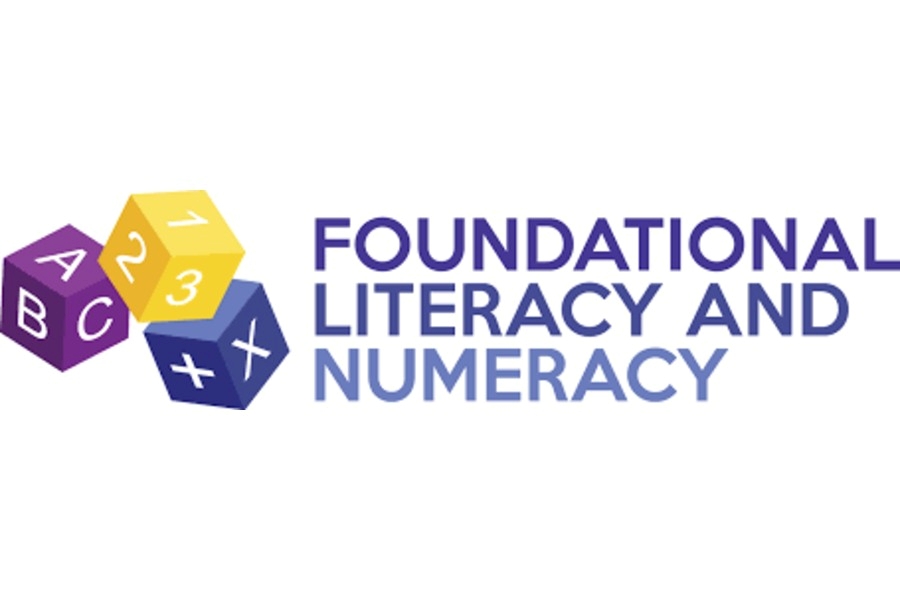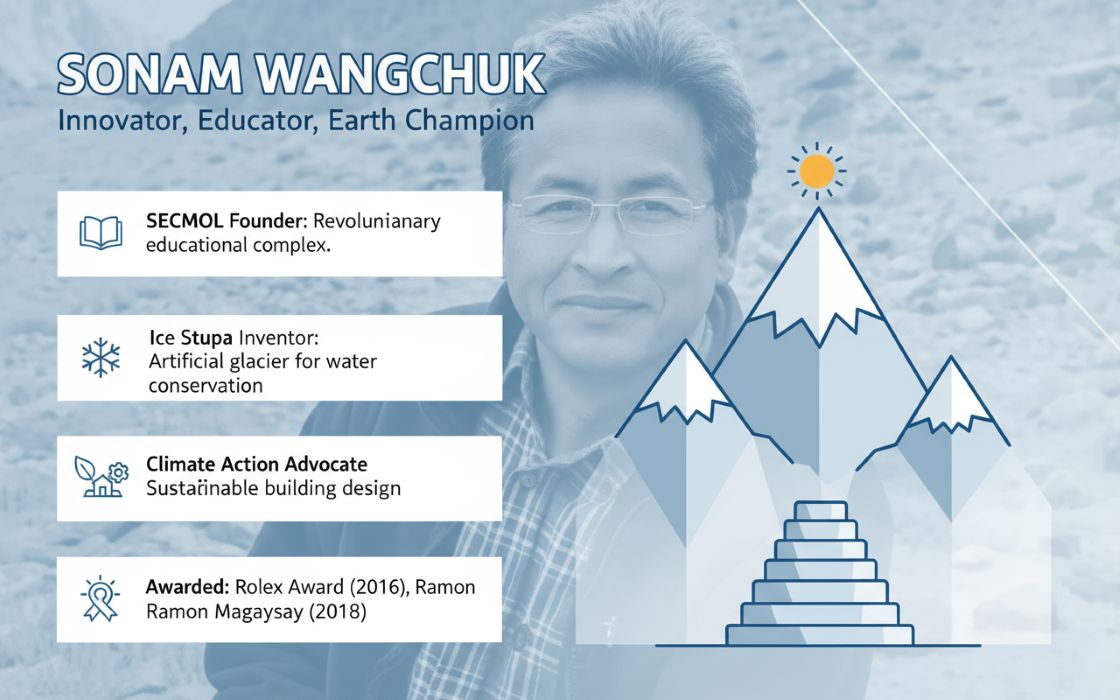In a country where over 65% of the population resides in rural and semi-urban regions, true financial inclusion remains a distant dream—not due to lack of infrastructure, but due to a persistent gap in awareness, trust, and confidence. Financial literacy, when rooted in lived realities, has the power to transform this landscape by not only enabling access but by empowering people to make informed choices that protect and grow their hard-earned money.
In this insightful conversation, with Mr. Deepak Verma, Managing Director and CEO of FINDI Ltd., we unpack the motivations, methods, and milestones behind FINDI’s community-first financial literacy program that has already reached over 64,000 individuals. From street theatre in resettlement colonies to classroom dialogues in Delhi’s most underserved neighbourhoods, FINDI’s approach is a refreshing blend of technology, trust, and tailored local engagement.
Mr. Verma shares how partnerships with grassroots organisations like Gali Pathshala and data-informed community mapping led to meaningful behaviour shifts—from schoolchildren initiating household savings discussions to women emerging as informal financial educators. This interview dives deep into the evolving blueprint of inclusive finance, exploring how FINDI is turning daily interactions—at ATMs, merchant outlets, and WhatsApp chats—into moments of learning, confidence, and long-term impact.
Q&A
Q. FINDI’s recent initiative has impacted over 64,000 individuals. Could you walk us through the core motivation behind launching this financial literacy program? Why now, and why these communities in particular?
A. At FINDI we believe that financial inclusion and access isn’t just about making a product or service available. True inclusion and access are achieved only when you also build the trust and understanding that allows people to use it the way they want to improve their lives. Across different parts of the country we have observed that even when physical infrastructure such as branches, ATMs and digital tools are available, many individuals still lack the clarity and confidence needed to engage with formal financial systems. This gap is widest where every rupee is hard won. Nearly two thirds of our citizens live in rural or semi urban areas, and for them trust and clear guidance often matter more than proximity to the nearest outlet.
Every day new digital products and services are launched, whether it is micro-loans or insurance. But each of these products comes with an attached risk. And so, the currently underserved or the financially under-literate, are at high risk of losing their hard earned savings due to fraud. With little spare time to attend workshops or study detailed brochures, they benefit when financial learning comes to them in the street, in the classroom and in everyday conversation. Our aim is simple: help the people who work the hardest for their money keep it safe, make it grow and enter the formal economy with confidence.
Q. What factors helped you identify areas like Bhalswa, Sangam Vihar, and Govindpuri as priority zones? Was there a data-driven or community-informed approach in choosing these geographies?
A. Our approach to identifying areas like Bhalswa, Sangam Vihar and Govindpuri was rooted in realities on the ground. These are neighbourhoods that include JJR colonies, resettlement colonies and other informal settlements where a large section of the population earns their living through daily work such as street vending, auto-rickshaw driving, construction labour and small trades. We spent time in these communities, speaking with local residents, teachers, and social workers to understand their day-to-day financial realities.
These areas stood out not only for their demographic profile but also for the strength of the community voice. Residents, local volunteers and educators gave us clear directions on where people gather, how they prefer to learn, and what financial topics would be most useful in their context. The goal was not only to deliver financial literacy where it was needed, but to ensure it was delivered in a way that felt accessible and relevant. The energy and openness of the community helped us shape the program with intent, making each interaction timely, respectful and meaningful.
Q. FINDI employed both Nukkad Nataks and school assessments in your two-pronged approach. Why did you choose this combination of street theatre and classroom evaluation? What did this blended model help you achieve?
A. We chose a dual approach because financial literacy cannot be taught in one format alone. Different segments of the community engage in different ways, and our aim was to make learning accessible, relatable and lasting. For adults, we brought financial education into familiar public spaces through Nukkad Nataks. These live street plays used storytelling, humour and local context to explain everyday financial topics like saving, fraud prevention and insurance. Since no internet or screens were needed, they created open, two-way conversations that encouraged participation and made learning feel natural.
In schools, we introduced multiple choice assessments to reach students at scale in a format they were already comfortable with. It allowed us to engage entire classrooms and use discussion to reinforce concepts. More importantly, it encouraged students to carry these lessons home, often becoming the first point of financial discussion within their families. By combining street theatre with classroom learning, we ensured the message travelled across age groups and touched both experience and aspiration.
Q. The involvement of Gali Pathshala, a women-led NGO, played a key role in the program. How did this collaboration come about, and how did it help in gaining community trust and participation?
A. Our decision to partner with Gali Pathshala was driven by their expertise and proven experience in the communities we aimed to reach. They had been working for years in JJR colonies and resettlement areas, conducting awareness sessions and teaching in local schools. Their understanding of the ground realities and the trust they had built with both residents and educators made them a natural partner for this initiative.
Gali Pathshala played an active role throughout the program. They helped shape the scripts for Nukkad Nataks using local language and real-life scenarios, identified the right spots for community engagement, and coordinated with schools to organise classroom sessions. Their familiarity with the people and the environment ensured high participation and meaningful dialogue. This collaboration helped the initiative become part of the community’s learning journey, rather than just a momentary distraction.
Q. Beyond the impressive outreach numbers, what impact metrics do you consider most meaningful? Are you observing any shifts in financial behaviour, such as increased savings, reduced scams, or formal banking adoption?
A. For us, true impact goes beyond numbers. It lies in the shift from passive to active. During our sessions, we saw individuals asking thoughtful questions about digital fraud, savings options and how to protect their income. Many stayed back to clarify doubts and took educational material home to share with others. This kind of engagement signals more than curiosity. It shows a willingness to take ownership of financial decisions.
In schools, we saw students take the lead in discussing money matters with their peers and families. When a student goes home and explains budgeting to a parent, it builds a bridge between generations. These are the first signs of inclusive change - where awareness becomes confidence, and confidence leads to action. Financial inclusion begins the moment people feel informed enough to take the next step, and we are beginning to see that momentum take shape.
Q. Are there any standout success stories or testimonials from community members either residents or students that moved or surprised you? We'd love to include a real-life example.
A. One moment that stayed with us came from a Class Ten student who attended one of our school sessions. After the activity, she approached her teacher and said she wanted to create a monthly budget and speak with her parents about saving. For her, it was the first time money management felt relatable and within reach. A week later, the teacher shared that the family had opened a savings account and had begun discussing household finances more actively.
This experience showed us how early exposure to financial concepts can create a ripple effect. When students connect with the idea of managing money in simple, practical terms, they carry that learning into their homes. It reinforced our belief that financial literacy, when introduced at the right moment, can influence behaviour and strengthen financial confidence across generations.
Q. Were there any unexpected learnings or challenges during the campaign perhaps in how people perceive financial institutions or in their readiness to engage with formal financial systems?
A. One of the clearest learnings from this initiative was that financial exclusion is often rooted in silence. People had questions, but no one to ask. The desire to understand was always present, but the path was missing. Many saw formal financial systems as distant or complicated, not because they lacked ability, but because they lacked access to guidance they could trust. This revealed that the real barrier was not just infrastructure, but the absence of a space to listen, explain and engage meaningfully in a way that worked for our target audience.
What shifted the conversation was simplicity, relevance and respect. We saw this most clearly in the way women responded. They not only grasped the concepts quickly, but also saw themselves as responsible for taking that learning forward within their families. Financial literacy, we realised, is not about giving rote answers. It is about making space for questions that have long gone unheard.
Q. How does FINDI envision the continuity of these efforts? Are there plans to embed financial education more permanently within these communities or scale this model to other states?
A. We see this initiative as the beginning of a long-term commitment. Financial literacy cannot be sustained through one-time interventions. It needs to be embedded in the places and relationships that people already trust. That is why we are now focusing on integrating financial education into our FindiBANKIT ecosystem. Our merchants interact with customers every day - they are the first point of contact for many people navigating banking, payments and withdrawals. We are in the process of equipping these merchants with the knowledge and tools to pass on basic financial guidance in real time.
This approach allows us to turn everyday transactions into moments of learning. It also ensures that financial awareness stays within the community, rather than being brought in from outside. As we expand to new geographies, we will carry forward the same principle - listen first, adapt locally and build from within. The goal is not only to improve access, but to create an environment where financial knowledge becomes part of daily life. That is how we see sustainable inclusion taking shape.
Q. How is FINDI integrating technology like gamified learning, mobile platforms, or vernacular audio-visual tools to make financial education more accessible and relatable for underserved communities?
A. At FINDI, we see technology as a powerful enabler of financial education. Our aim is to use it to make learning more accessible, relatable and rooted in the realities of the communities we serve. This includes developing vernacular content, short-form video explainers and voice-based modules that simplify financial concepts into everyday language and interactions.
We are also exploring ways to deliver these tools through familiar platforms such as WhatsApp and basic mobile interfaces. The intent is to bring financial learning into the flow of daily life using formats that people are already comfortable with. As we scale this effort, our focus remains on making the digital experience more human, more local and more effective in building trust, especially for those who are engaging with formal financial systems for the first time.
But at the same time, tech based solutions often lack the tactile feel of a lived experience. We believe in finding a medium that leverages technology and feels real. This is particularly true for segments of society whose lives and struggles aren’t primarily in the digital space. This is why instead of creating videos on YouTube, we decided to reach communities on their streets and in their classroom.
Q. What role have external stakeholders schools, local educators, NGOs, or even fintech partners played in making this initiative successful? How do you see the power of partnerships shaping future outreach models?
A. Partnerships played a foundational role in this initiative. Schools gave us credibility, NGOs brought cultural trust, and educators helped shape the content into something meaningful and practical. Each stakeholder added a critical layer of insight that allowed us to connect more deeply with the community. This initiative worked because it was not just about FINDI delivering a message, but about co-creating a platform where that message could truly resonate and move forward with the people it was meant for.
As we look ahead, this collaborative model will remain central to our approach. Financial inclusion at scale requires thoughtful design rooted in trust, local context and shared understanding. By involving schools, NGOs, educators and fintech partners, we are building a strong coalition that reflects our belief - that finance should feel accessible, familiar and empowering for every individual. Real change happens when many voices come together with one common purpose.
Q. What’s next on the horizon for FINDI when it comes to financial inclusion? Are there specific innovations, platforms, or community programs you’re planning to launch in the near future?
A. At FINDI, the next step in our journey is to make financial inclusion a lived experience, not just a point of access. We are working to build structured engagement pathways that help individuals move from awareness to confident decision-making. This includes developing vernacular, mobile-first content formats and embedding financial education within familiar settings such as schools, assisted platforms, and local community touchpoints.
We also see great potential in transforming our own infrastructure - ATMs, merchant outlets and rural service points - into spaces that encourage learning and dialogue. When every interaction reinforces understanding, inclusion becomes a habit shaped by daily life. Our goal is to create an ecosystem where financial systems feel approachable, where individuals feel empowered to engage, and where inclusion is continuously reinforced through trust, relevance and action. This is the future FINDI is committed to building - one that brings financial empowerment within reach of every household.

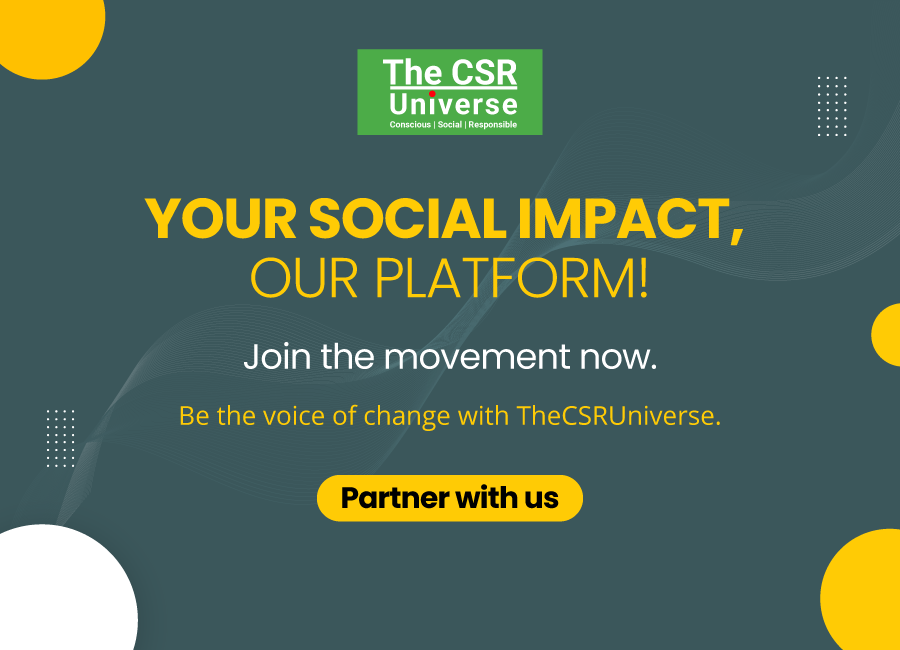

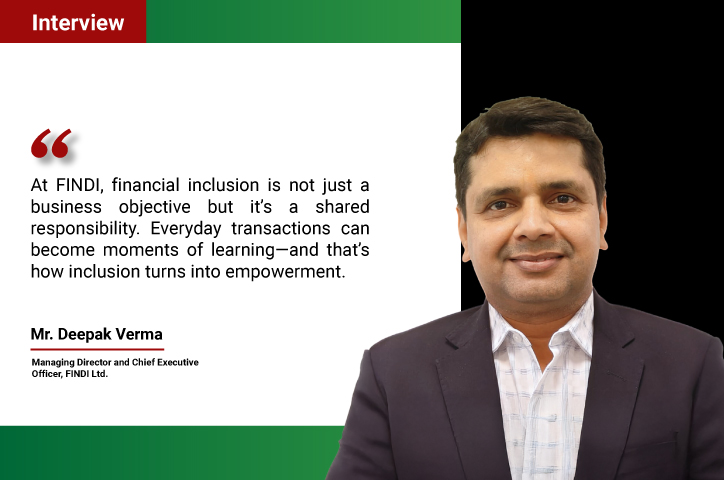

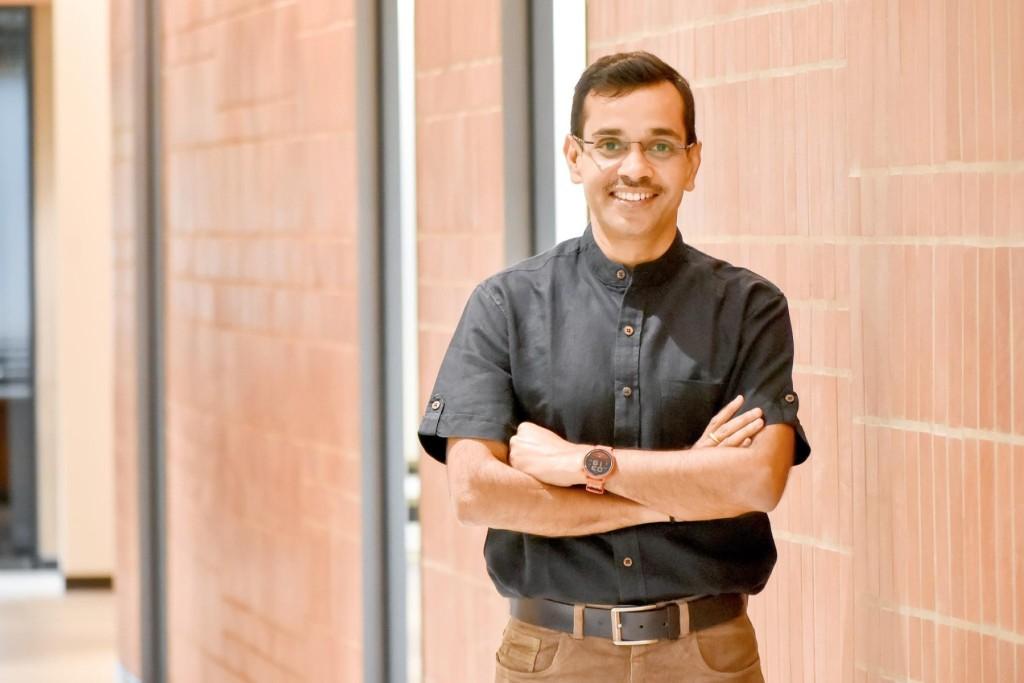

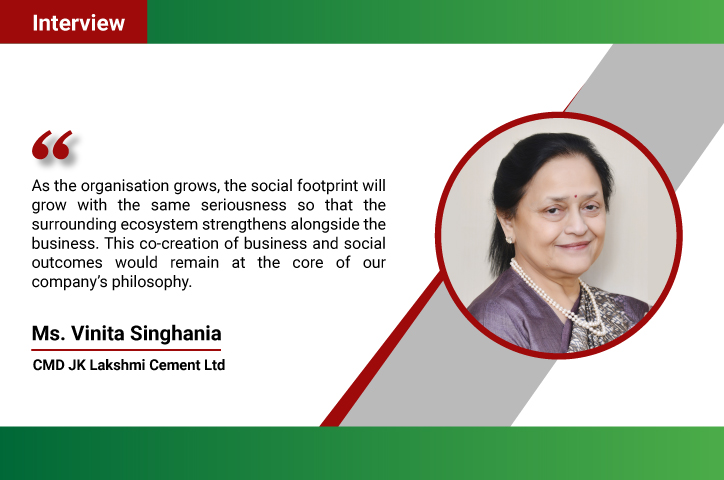
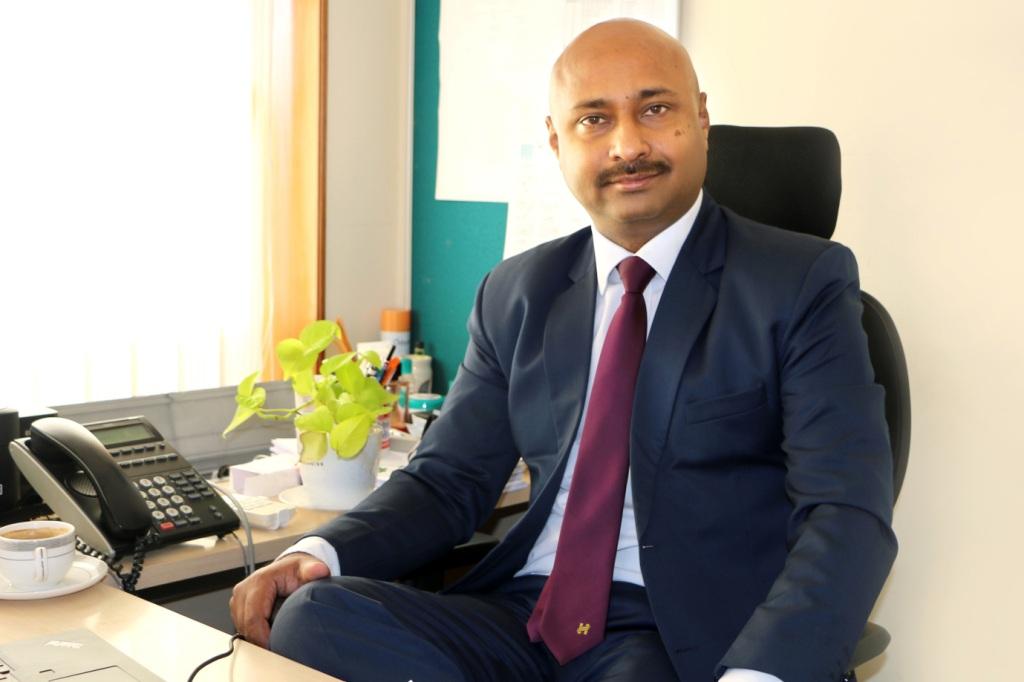
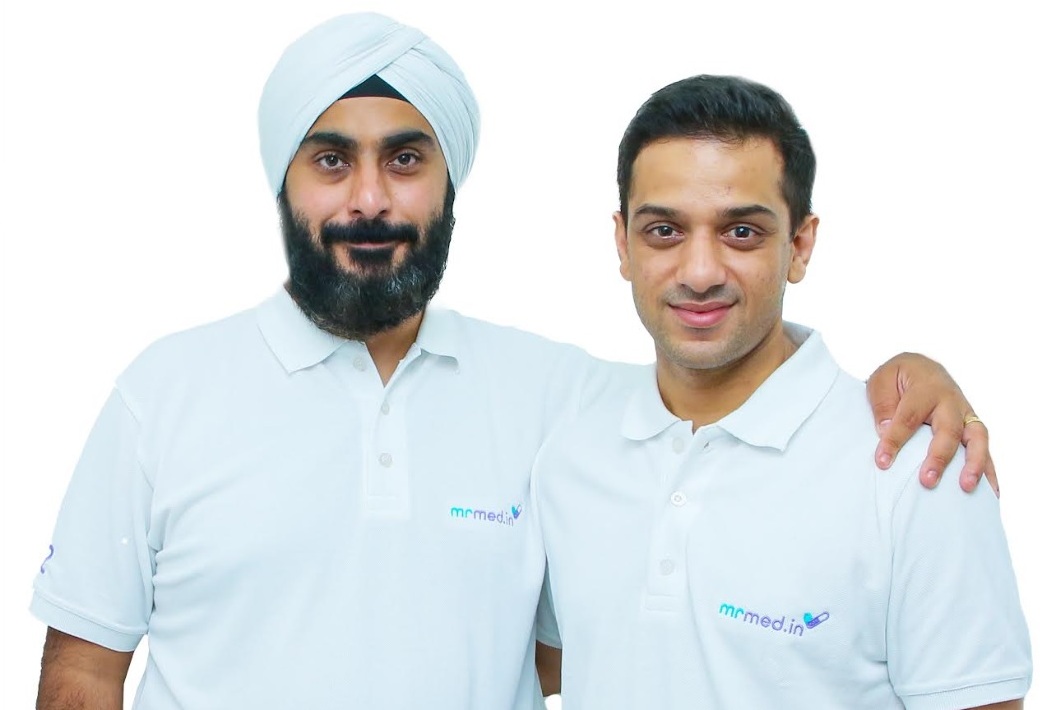
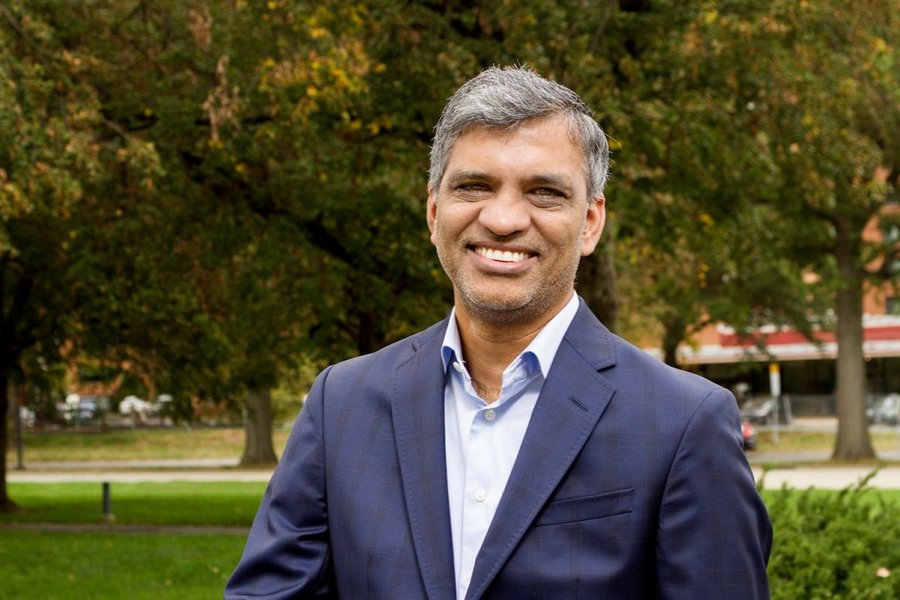
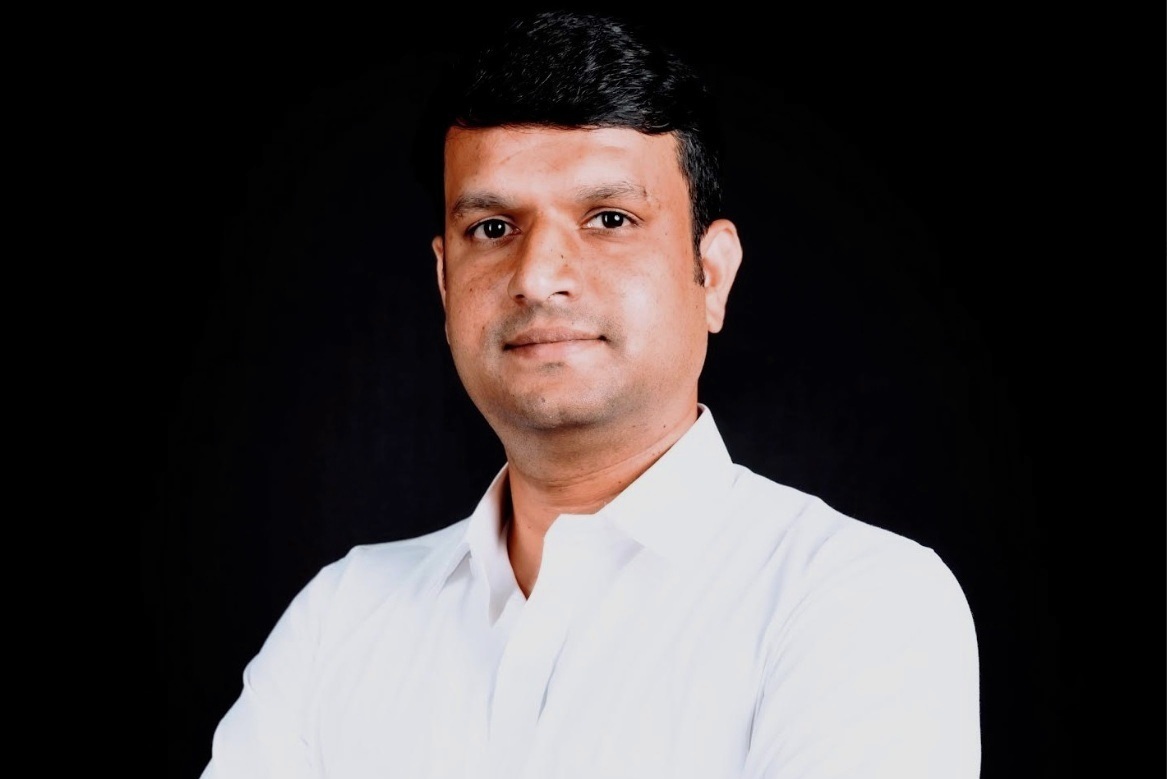
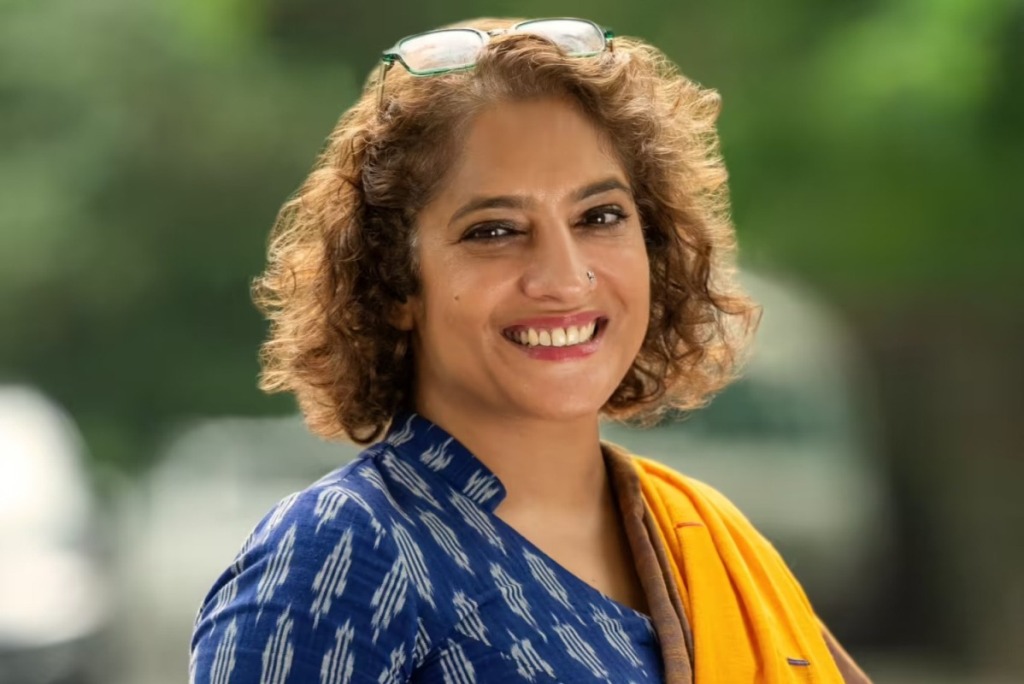
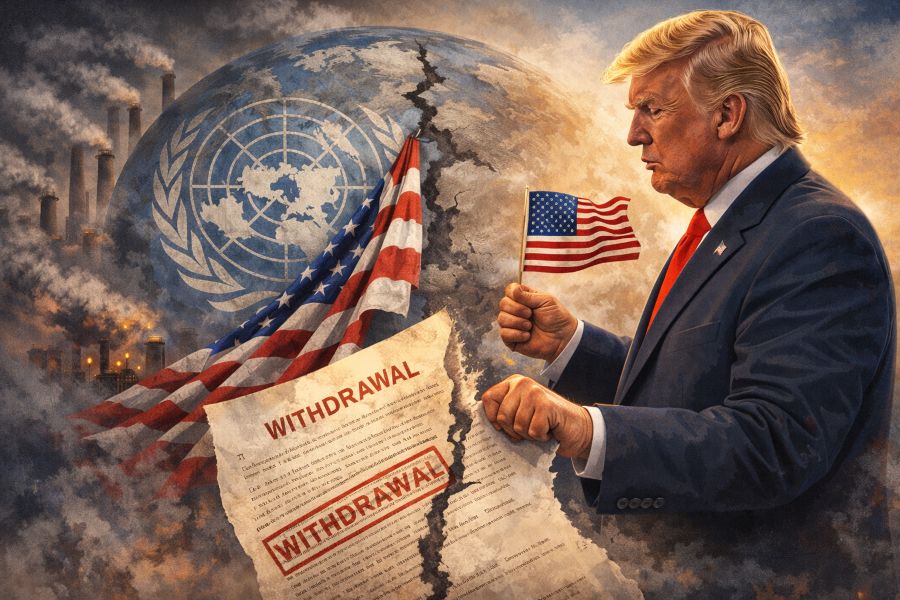
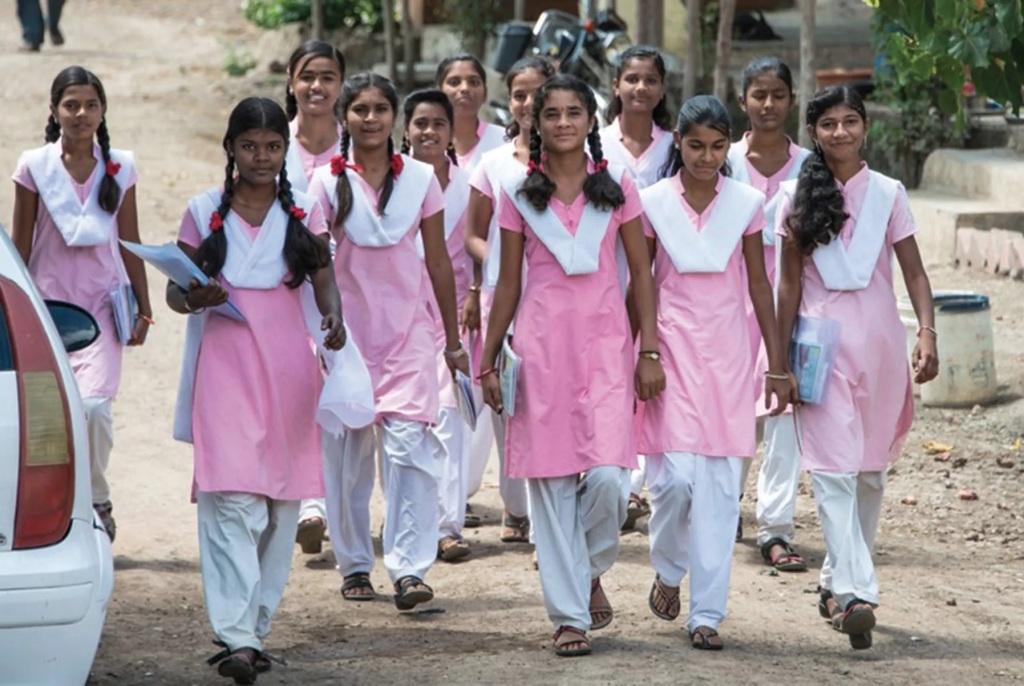
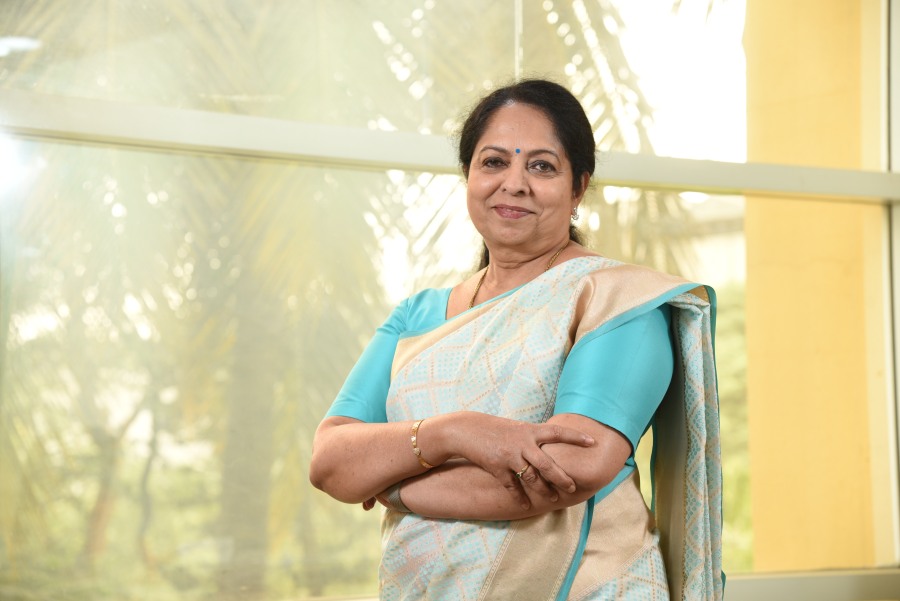
.jpg)
